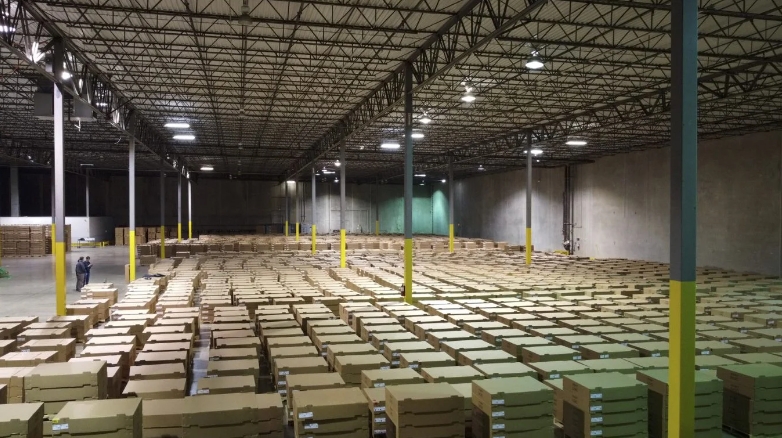5 Strategies for Battery Production Procurement
Battery Production Procurement is an essential aspect of the battery manufacturing industry. With the widespread popularity of electric and hybrid vehicles, their purchase prices have dropped this year, resulting in the cost of battery production and procurement gradually falling. This is just one aspect of it. Therefore, this article will explain the five primary battery production and procurement strategies.
Diversification of battery Production Procurement supply chain
Current market conditions are a wake-up call for many companies worldwide to make their supply chains more resilient, including building a more diverse supplier portfolio across all levels. Source materials from multiple suppliers and regions to reduce reliance on a single source to avoid supply disruptions, geopolitical issues, or price fluctuations. This may involve sourcing critical materials such as lithium, cobalt, nickel, and graphite from different countries or regions that are resource-rich and geopolitically stable. Supply chain diversification also involves optimizing manufacturing processes and logistics to enhance flexibility and resilience. Efficient and reliable procurement and distribution of materials and parts can be ensured by investing in modular production facilities that adapt to changes in demand or supply chain disruptions and by developing good partnerships with suppliers and logistics providers.
Adopting non-lithium options in battery production procurement
One type is the sodium-ion battery, which uses sodium ions instead of lithium ions to store energy. Sodium is more abundant and widely distributed than lithium, reducing resource scarcity and geopolitical dependence concerns. Additionally, sodium-ion batteries can be produced using existing lithium-ion battery production infrastructure with minimal modifications, reducing manufacturing costs and accelerating commercialization. The other is a potassium-ion battery, which uses potassium ions as charge carriers. Potassium is even more abundant than sodium and lithium, providing greater resource sustainability and potentially lower costs.
Supply chain integration in battery production procurement
Supply chain integration strategies in battery production procurement include establishing solid partnerships and collaboration with suppliers, manufacturers, and logistics providers to create a seamless flow of materials and information throughout the supply chain. Aligning goals, sharing resources, and coordinating activities improves communication, shortens delivery times, and minimizes costs. At the same time, supply chain integration also involves using technology and data analytics to optimize inventory management, production scheduling, and logistics planning to improve efficiency and responsiveness. It must be understood that supply chain integration is not limited to direct suppliers and manufacturers but also includes raw material suppliers, component manufacturers, etc. Collaboration with these stakeholders enables a holistic supply chain management approach that allows optimization of the entire value chain and creates opportunities for innovation and value creation.
Just-in-time inventory management
Just-in-time inventory management in battery production procurement refers to continuous monitoring, tracking, and adjusting inventory levels to improve efficiency, minimize costs, and ensure uninterrupted production. Track inventory levels and movements in real-time using advanced technologies such as RFID, barcodes, and IoT sensors. These technologies enable stakeholders to accurately monitor inventory location, quantity, and status throughout the supply chain. Another is integrating inventory management systems with production planning, purchasing, and sales systems. By synchronizing data across these systems, stakeholders can optimize inventory levels based on demand forecasts, production schedules, and delivery times, ensuring that suitable materials are available in the right quantities at the right time.
Adoption of digital technologies
Digitalization has now covered many occasions and industries. Adopting digital technology in battery production and procurement uses IoT sensors and devices to monitor equipment performance, track inventory levels, and collect real-time environmental data. By connecting machinery, storage facilities, and transportation vehicles to the Internet, stakeholders can remotely monitor operations, identify inefficiencies, and proactively resolve issues before they escalate. By analyzing historical purchasing data, market trends, and supplier performance metrics, stakeholders can identify cost-saving opportunities, negotiate favorable contracts, and optimize inventory levels.
Final
There are certainly more ways to procure than these. Still, by implementing these five strategies, battery manufacturers can navigate supply chain complexity, reduce risk, increase efficiency, and drive innovation in pursuing sustainable and competitive battery production.



